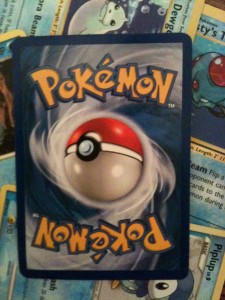The Marshmallow Challenge
Only three days into the school year and everyone seemed a little restless. I thought, perhaps we needed a break from all of our classroom policies and procedures. So, I jumped at the chance to try out the Marshmallow Challenge. We used it to practice the Code of Cooperation that we just finished building.
The Marshmallow Challenge consists of one simple task for students to complete in teams:
Build the highest free standing structure possible with the materials provided. On the top of that structure you must place a regular sized marshmallow. Here are the specifics of the activity.
The Kit for Building Includes:
- 1 yard of string
- 1 yard of masking tape
- 20 pieces of spaghetti
- 1 standard sized marshmallow
The Instructions Include:
- Build the Tallest Freestanding Structure: The winning team is the one that has the tallest structure measured from the table top surface to the top of the marshmallow. That means the structure cannot be suspended from a higher structure, like a chair, ceiling or chandelier.
- The Entire Marshmallow Must be on Top: The entire marshmallow needs to be on the top of the structure. Cutting or eating part of the marshmallow disqualifies the team.
- Use as Much or as Little of the Kit: The team can use as many or as few of the 20 spaghetti sticks, as much or as little of the string or tape. The team cannot use the paper bag as part of their structure.
- Break up the Spaghetti, String or Tape: Teams are free to break the spaghetti, cut up the tape and string to create new structures.
- The Challenge Lasts 18 minutes: Teams cannot hold on to the structure when the time runs out. Those touching or supporting the structure at the end of the exercise will be disqualified.
- Ensure Everyone Understands the Rules: Don’t worry about repeating the rules too many times. Repeat them at least three times. Ask if anyone has any questions before starting.
In order to be successful kids have to cooperate, or collaborate with their classmates. This isn’t always easy. Especially when placed in a situation where time is inflexible and other teams are competing against each other.
Despite the results, kids had plenty of examples to share of how they followed the Code of Cooperation. For example, kids shared the supplies or materials provided. They listened to each other’s ideas. Pa described sharing ideas with Sarah. Also, Corbin explained that he asked for things politely in an effort to be respectful. We’ll try this again in the future. We need to look at this as a learning journey. Even though teams worked very well together, the building strategies for finishing this challenge successfully were just not fully understood. Remember the idea of prototyping.
